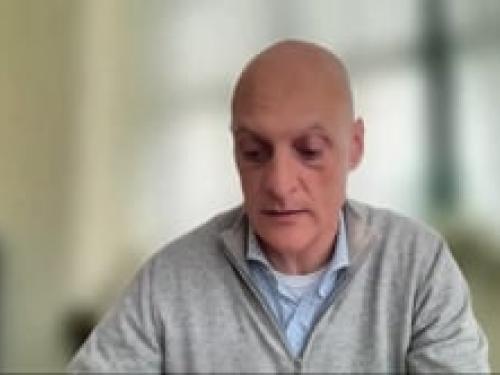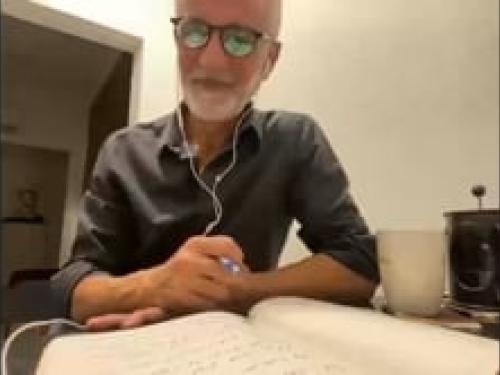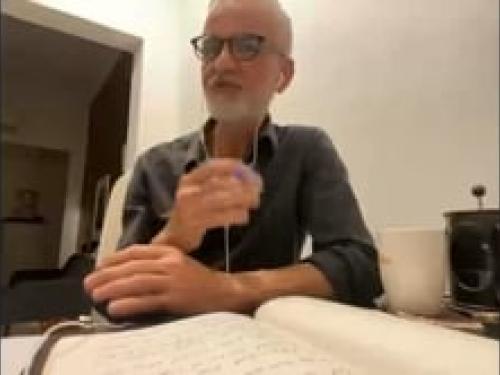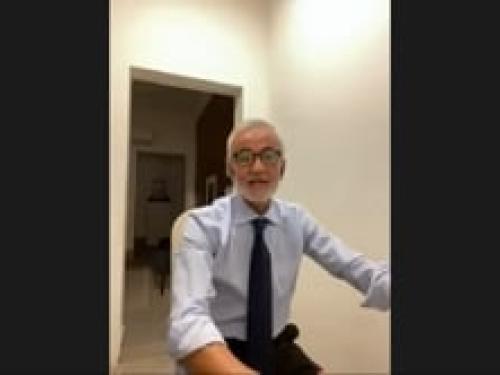
Introducing the Systems Council History Column
Last February, I responded to an inquiry for participants that might be interested in preparing articles on the history of systems engineering or biographies/interviews of notable people in the Systems Council fields of interest for the IEEE System Council newsletter. This initiative arose from discussions at the Systems Council Life Member Committee. In my opinion, history is more than a bedtime story. It is a comprehensive engagement with other people experienced what we might be doing now, and that is why I am passionate about working on this project.
I am neither a historian nor a system engineer, but I came from an ancient place where I was always inspired by history. I became a system engineer through the process of learning how to design, integrate, and manage complex systems. I was born in Jordan, a country of history that traces back to the civilization of Nabataeans, Moab, and was once formed part of the Roman Empire.
While traveling, I used to spend time visiting the magnificent Temple of Artemis Corinthian columns, the Roman theater, and the majestic town of Petra. I spent time thinking about how all of these buildings were built. All I could think of is that they should have had some kind of process, some way to communicate. It is so complicated and big that a couple of people can do such amazing work. That should be their way of system engineering.
Indeed, the idea of system engineering has existed since ancient times as humans built the Colosseum in Italy, the Parthenon in Greece, and the Great Pyramid of Giza in Egypt. Each of these structures was built in tune with the present-day definition of system engineering, in an integrative approach to enable the successful realization, use, and retirement of engineered systems, using systems principles and concepts, know science, and management methods.
The system engineering approach has helped me to deliver some of the most complex projects for many prestigious clients in different parts of the world. During my career, I have developed, designed, and built more than 200 power distribution systems projects operating at 120V and 480V and MEP engineering projects of all sizes in the United States, the United Arab Emirates (UAE), and Turkmenistan. I have been involved in project feasibility assessments, construction and start-up, operation, and maintenance of these projects. I also have been involved in planning and engineering designs of more than 20 utility power distribution substations, power distribution-related projects, and oil and gas facilities ranging in size from 480V and 24.9kV to 138kV in Texas and New Mexico in the United
States.
In each of these projects, I relied on multidiscipline knowledge to develop, design, build, integrate, manage, operate, and demolish each of them.
I joined IEEE as a student member in the 1980s. I am now a senior member. In 2018, I severed on the IEEE Public Visibility Committee, On behalf of that group, I participated in radio interviews and started writing a magazine that covered the electronics industry.
I also wrote for The Analog, a newsletter for the IEEE Central Texas Section, and IEEE Transmitter. I am a contributor to The Institute as well as Spectrum and serving my second term as a member of the Institute's editorial advisory board since 2019
I wrote for the IEEE Times, an online magazine: and I contributed my article: Engineering Ed Stuck in the Past. In my future articles, I will write about the history of the IEEE System Council itself, and highlight and summarize the key monetary results of the organization. I will talk to the founder of the council and its leaders, sharing their experiences, success stories, and the challenges that they have faced.












